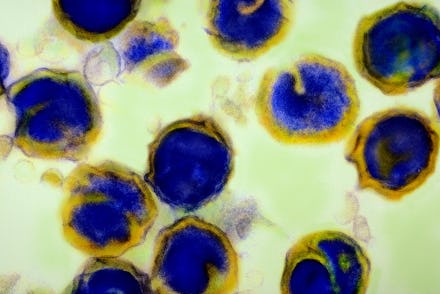When Do the Symptoms of Common STDS Appear?

The inconsistency of sexually transmitted infections' symptoms can make them rather tricky. Some of the most common STIs can either cause no symptoms at all, or cause any combination of painful urination, blisters and sores. Here's a breakdown of the possible symptoms for some of the most common sexually transmitted diseases, including gonorrhea, chlamydia, syphilis and herpes:
Read more: Can You Get an STD From a Toilet Seat? 5 STD Myths We Need to Stop Believing
Chlamydia: It's one of the most common STIs in the United States, and yet 50% of men and 70-80% of women diagnosed with chlamydia report having no symptoms. Still, if left untreated for too long, chlamydia can permanently damage the uterus, fallopian tubes and reproductive system, according to STD-Gov.
Symptoms typically pop up in the first one-to-three weeks following an infection, according to National Health Service. When symptoms do occur, they can include painful urination, vaginal discharge and pelvic pain.
Gonorrhea: Most common in people under 24 and — like chlamydia — difficult to diagnose due to infrequent symptoms, gonorrhea symptoms are more frequent for men, who may experience painful urination or abnormal discharge from the penis. These symptoms typically begin two weeks after infection.
Syphilis: Spread through bacteria, syphilis is one of the most dangerous STIs. The main symptoms include visible infections like bumps and sores around the mouth and/or genitals. If left untreated, syphilis can lead to neurological and heart problems and potentially death. Symptoms can appear anywhere from 10 days to three months after infection, so it's important to get tested frequently regardless of symptoms.
Herpes: Unique in that it can occur from a simple touch in addition to sexual contact, herpes most commonly appear in the form of blisters and sores around the genitals and/or mouth (the common cold sore is technically a form of herpes). There is no cure for herpes, but there are treatments that can limit and alleviate its symptoms, thus many people live comfortably after contracting the STD.